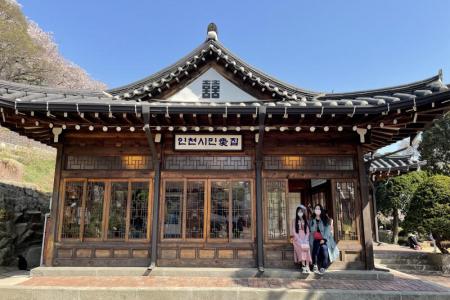Hidden charms of Incheon: 4 places to visit
INCHEON - Mention Incheon and most people will just think of South Korea's main air gateway, Incheon International Airport.
That is a shame, because Incheon has so much more just waiting to be discovered.
This sprawling west-side coastal city is the country's third largest city and flanked by 168 islands.
As Incheon was the point of entry when the once-isolated Korean Peninsula first opened up to foreign merchants in 1883, it became the earliest to become modernised and boasts many firsts, such as the first modern park, designed by a Russian, and the first Western-style hotel.
The Chinese left indelible footprints here. Incheon is home to South Korea's only official Chinatown, where the ubiquitous jajangmyeon (noodles with black bean sauce) was first created and shot to global fame, driven by the power of K-dramas.
For tourists, Incheon will be a mix of old and new, and you can see how external influences have shaped the city without rocking its uniquely Korean core.
Here are four places to visit, each packed with fun things to do, including a taste of K-style paradise.
1. Open port street: Nostalgia and noodles
Begin your journey from Incheon station, the birth place of the Korean railway and the oldest station in the Seoul metropolitan area.
There is a nostalgic charm about this station, as it still looks the same as it did when it first opened in 1899.
A stone's throw away is Gaehangjang-gori (Open Port Street), the old quarters of the city.
Chinatown is unmistakable with its red and gold paifang (traditional Chinese gate) and many people flock here on weekends to enjoy authentic Chinese food, but lesser known is a Japanese street and an enclave filled with fairy-tale characters.
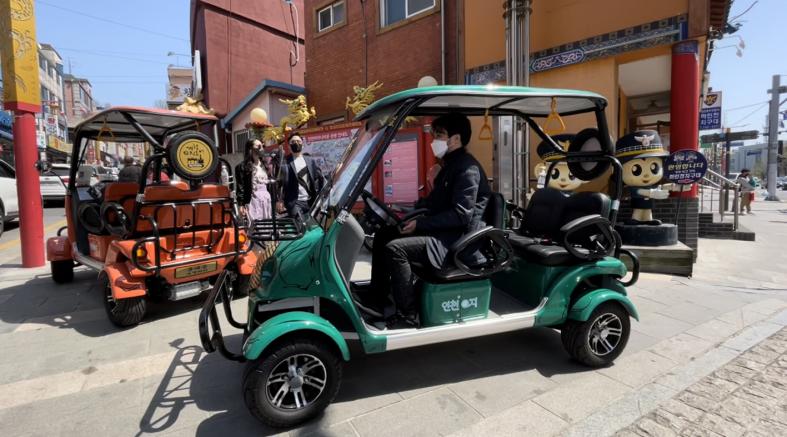
You can explore on foot, but I find it faster and more fun to join an electric car tour that will take you around to the main sights in about 50 minutes.
The vehicle is designed to look like a car from the 19th century. A friendly guide will explain the many historical icons of the area and help you take pictures at the most photogenic spots.
You can book directly at a small container booth outside Incheon station, but it would be wiser to reserve online to guarantee an English-speaking guide.
On Viator.com, it costs US$45 (S$61) for a three-seater car and US$60 for five-seater.
Since you are going on a ride through history, how about renting some vintage outfits to match?
Kyeongseong Boutique (also known as Jang Boutique) is one of many clothing rental stores in the area that sprang up after the vintage-photography trend took off three years ago. It was inspired by the 2018 drama, Mr Sunshine, which was set in the early 1900s.
You can dress up like characters from the drama or pick something from the racks of colourful clothing. Two hours of rental cost 25,000 won (S$27.60) and women get a matching hair accessory and bag, while men get a hat.
The tour will take you through Chinatown's restaurants and street snacks (think bing tang hu lu, or candied fruit on a stick). Foreign merchants lived in this neighbourhood until it fell into disrepair in the 1970s.
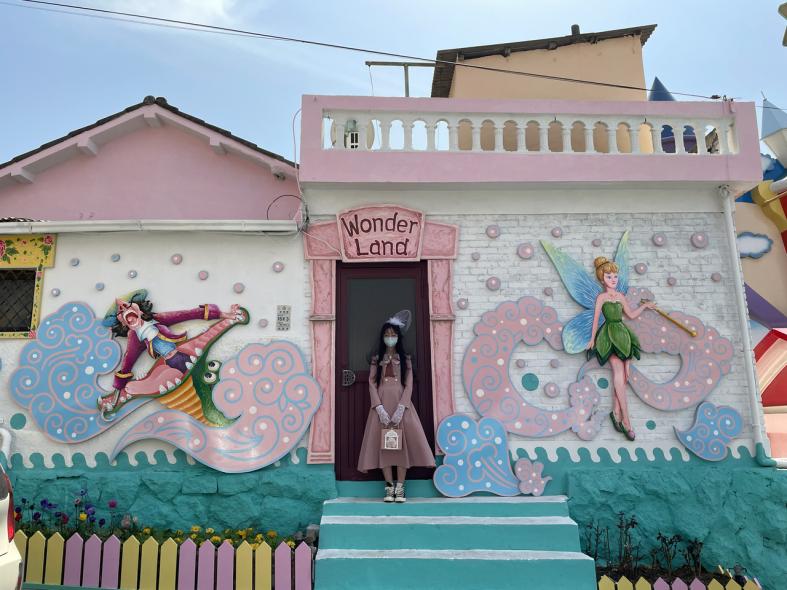
Songwol-dong Fairytale Village was born in 2014 when the government stepped in with an urban renewal project.
Now, it is a place where Western story characters such as Alice in Wonderland, Little Mermaid and Snow White come to life in colourful paintings and wall murals, with an occasional Korean folk hero too.
Just remember there are people living within those Instagrammable walls, so try not to disturb them.
The next stop is Jayu Gongwon, or Freedom Park. Sitting nicely at the top of a 69m-tall hill, this is South Korea's first modern park, designed by Russian architect Afanasy Seredin-Sabatin.
The peak offers spectacular views of the ocean and port area and, in mid-April, you get to walk through beautiful cherry blossom trees in full bloom.
The tour will also take you to Jemulpo Club, where foreigners would socialise in the 1900s; and a very majestic hanok or Korean traditional house, where former Incheon mayors used to live.
Survey mural walls depicting Chinese history - Romance Of The Three Kingdoms, anyone? - the architectural vestiges of a Japanese settlement, and a hotel that was South Korea's first Western-style accommodation.
The guide can take you back to Chinatown or drop you off at a nice cafe with great views of the port area.
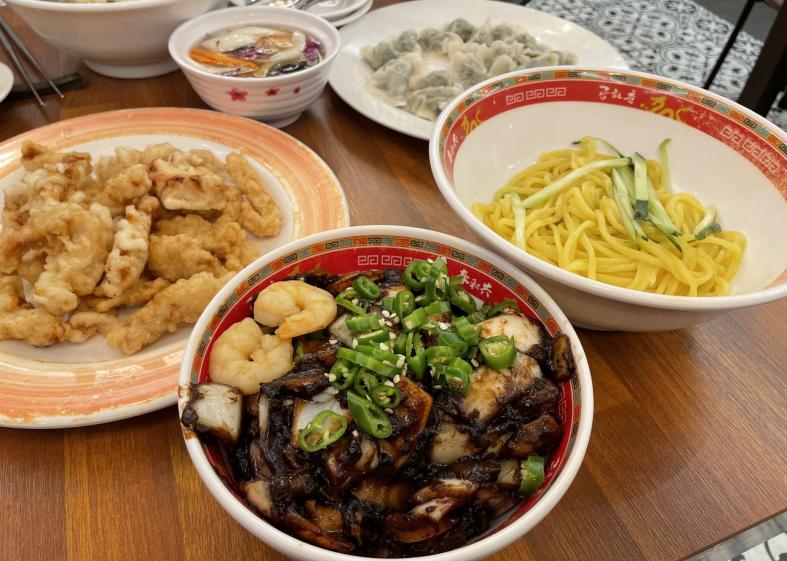
Before leaving, savour some jajangmyeon. While the original Chinese zhajiangmian is brown, Korea's noodle dish is an inkier, sweeter version as caramel is added.
Restaurant Gonghwachun created its first jajangmyeon in 1905 and still sells it today (11,000 won a bowl), while the neighbouring Yeongyeong innovated and came up with a rare white jajangmyeon (9,000 won a bowl).
If you cannot decide, try both.
You can also visit the nearby Jajangmyeon Museum (1,000 won for adults, free for children) to find out how the noodle evolved over the years - from a cheap meal for Chinese labourers to a dish well loved by all Koreans.
2. Ganghwado: island of thrills
Ganghwado is one of the largest islands in South Korea, connected to Incheon by a 780m-long bridge. It makes a great weekend getaway for Seoulites, and tourists can also easily explore the island by car.
I have come to associate the island with thrills as it boasts the longest luge course in Asia and what my 12-year-old daughter calls "the best zipline ever".
The luge at Ganghwa Seaside Resort overlooks the sea, so the best time to visit would be before 5pm, when the hill and waters start to glisten in the evening sun.
There are two 1.8km-long courses to choose from - the more gentle and scenic ocean course, and the steeper valley course for thrill-seekers.
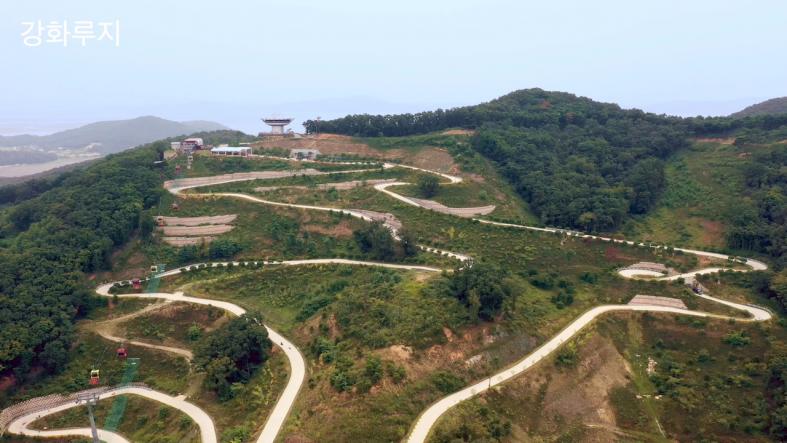
Tickets include a gondola ride up to the peak. I suggest getting three rides (30,000 won or S$36 on weekdays, 38,000 won on weekends) as one (15,000 won on weekdays, 19,000 won on weekends) is definitely not enough.
For the zipline, head to Tianlim Lesports Park. It is a great place for family bonding and fun as it offers a range of activities from ziplining and electric karts (say goodbye to the pungent smell of gas burning in conventional go-karts) to rock-climbing and a laser-tag survival challenge.
My daughter loves the zipline as it is not just one but five courses, so you get your money's worth.
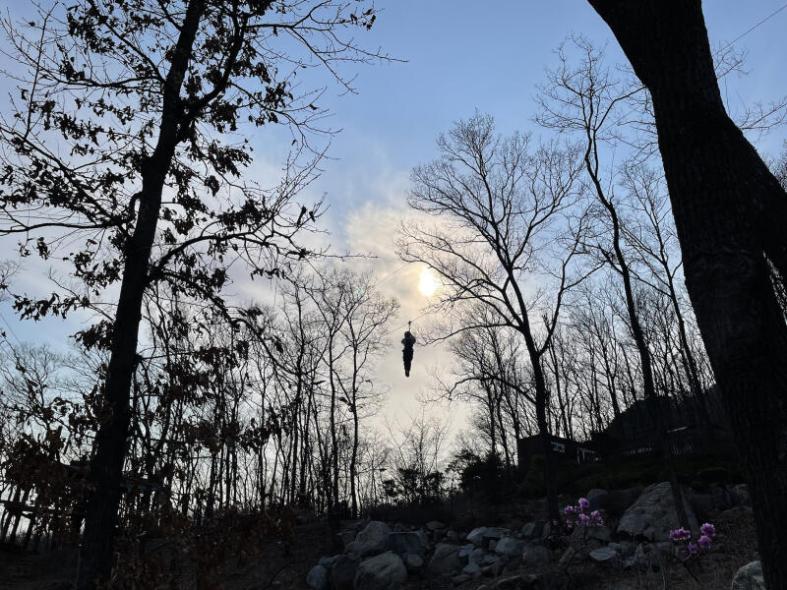
Also found in Ganghwado are some of the prettiest cafes in Incheon, including Joyang Bangjik. This used to be the first textile factory in South Korea, abandoned and then reborn as one of the biggest and most unusual themed cafes in the country.
The owners have retained the industrial feel of the factory while jazzing up every corner with retro decor and upcycled items. An old iron turns into a doorknob, while an old sewing machine becomes a dining table.
Nostalgia was in the air, as old telephones, film cameras, typewriters and more took me back to my childhood.
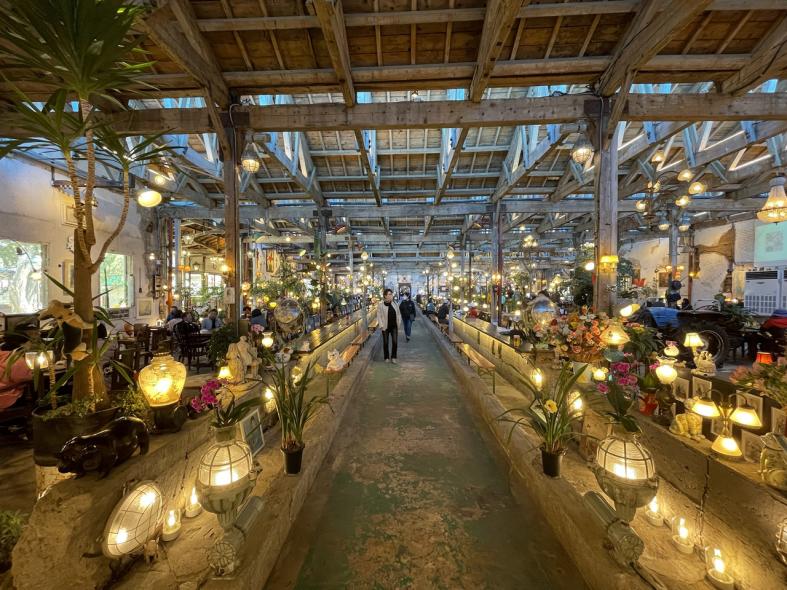
3. Wolmido: retro fun, shellfish galore
Wolmido is one of the best places in Incheon to watch the sun set. It used to be a resort island, but is now joined to the mainland after sea reclamation.
You can get here easily by taking the Wolmi Sea Train, a sightseeing monorail that runs from Incheon Station.
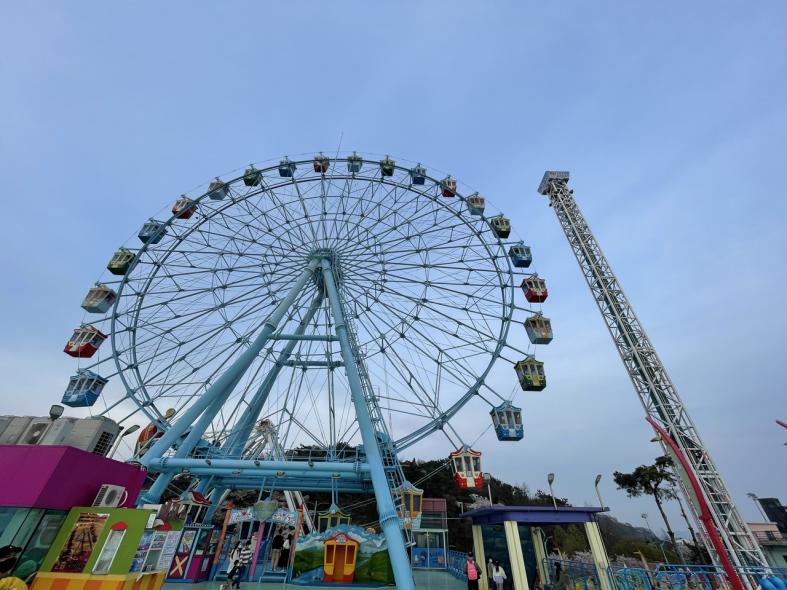
Kids will revel at the sight of four mini theme parks - the Uncle Ringo type with a retro feel to them. We rode the iconic 115m-tall Ferris wheel hoping to enjoy the sunset, but the sun disappeared before hitting the horizon, due to clouds and fog.
Still, it was lovely to stroll along Wolmido's main sea-facing street before dusk. Seafood restaurants and cafes line the street, which is also filled with buskers, artists and groups of people belting out their favourite retro tunes and dancing along.
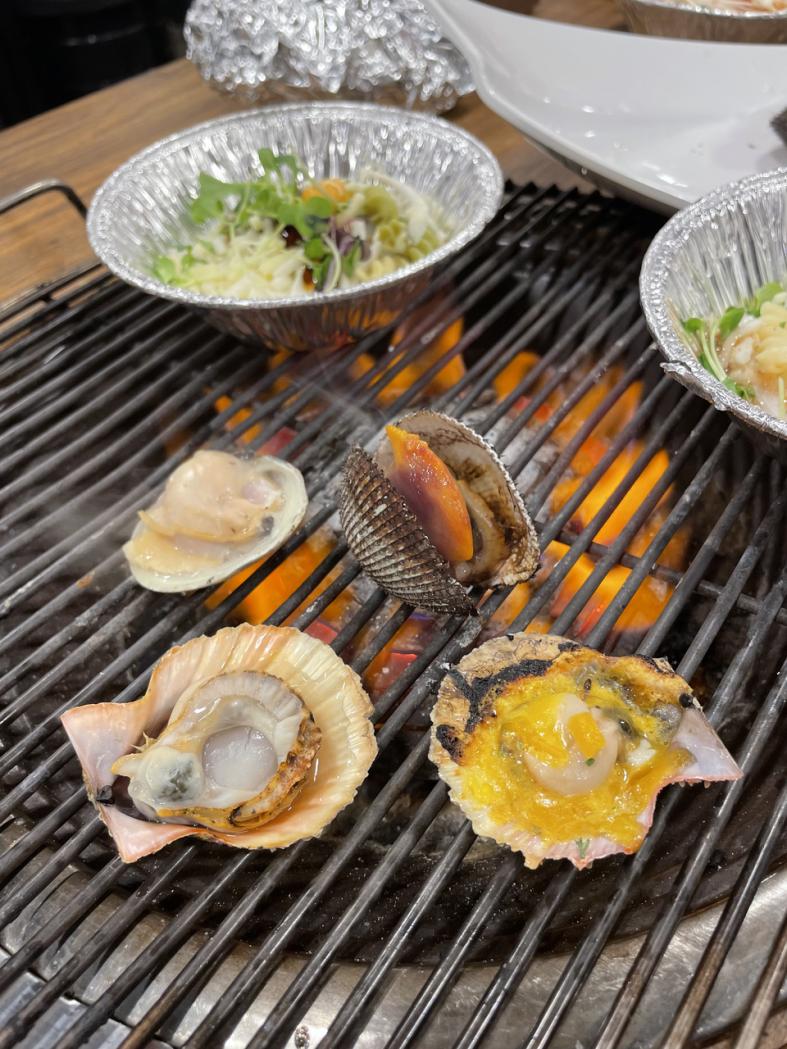
For dinner, I recommend the grilled shellfish Incheon is famous for. You can get a big platter of clams, cockles, scallops and oysters for about $60 and grill them yourself.
In the hotter months, you can go clam-digging on the mudflats.
4. Paradise city: integrated resort
The last stop on my list is Paradise City - South Korea's version of Marina Bay Sands.
The European-themed integrated resort is just a short drive from Incheon International Airport, making it an ideal stopover if you have a few hours to kill.
To fully enjoy the resort, get a package that includes a night's stay, breakfast and tickets to its two key attractions - indoor theme park Wonderbox and Korean spa Cimer. Prices start at 380,000 won (S$418) before tax.
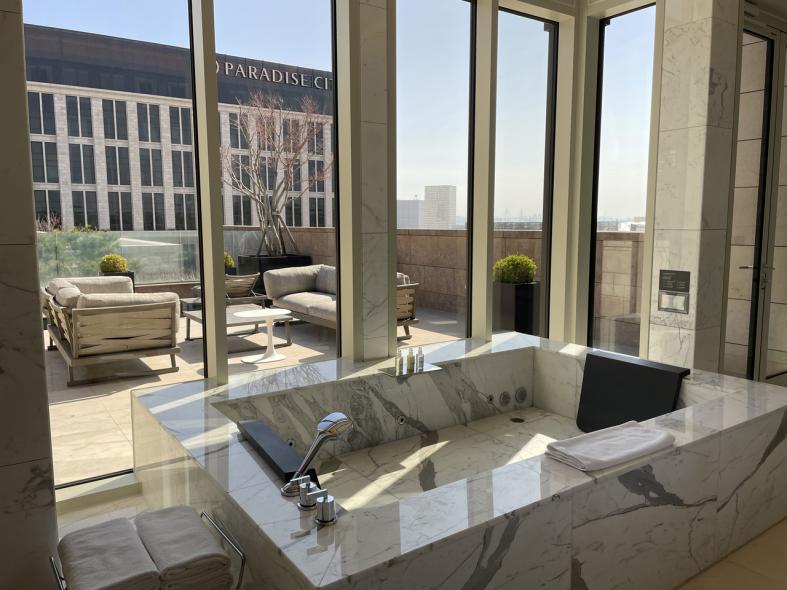
If you have 20 million won to spare, book a night's stay at the luxurious pool villa that is touted as "paradise" in the popular reality dating show Singles Inferno (2021 to 2022). Indeed, you can be pampered to the heavens here.
Cimer is arguably South Korea's best jjimjilbang - a combination of a spa and a sauna. It features a stylish aqua zone for swimming, a bathhouse where you can soak in hot tubs and get a Korean-style body scrub in which your entire body is buffed with an exfoliating cloth, and heat therapy rooms boasting different health benefits.
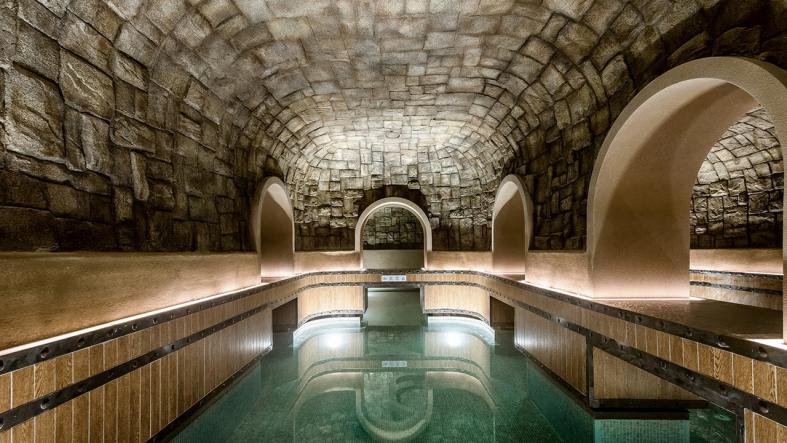
Even my daughter loves spending time here, sipping an ice-cold sikhye (a sweet rice beverage similar to barley) and chilling in the cooler therapy rooms.
At Wonderbox, carnival music is in the air and dazzling media art is integrated with amusement rides such as a merry-go-round, two giant slides and "Happy Swing". You can also try a sky-trail walk up in the air, shooting cans and balloons, and goofing around in front of funny mirrors.
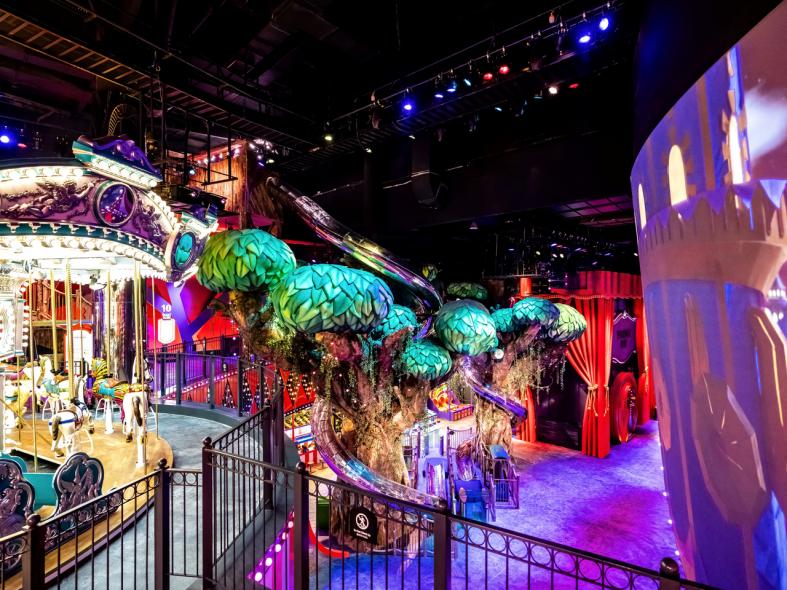
Paradise City, which hosted one of the nights I stayed, is child-friendly, offering an indoor playground for kids, an arcade and even a bowling alley with small balls made for tiny palms.
Adults can enjoy fine dining at its posh restaurants, try their hand at the foreigners-only casino or roam freely and admire some of the 2,500 paintings and art pieces on display here.
For example, Japanese artist Yayoi Kusama's iconic giant pumpkin sculpture is the centrepiece in the lobby, below a chandelier-like installation by Korean artist duo Mioon.
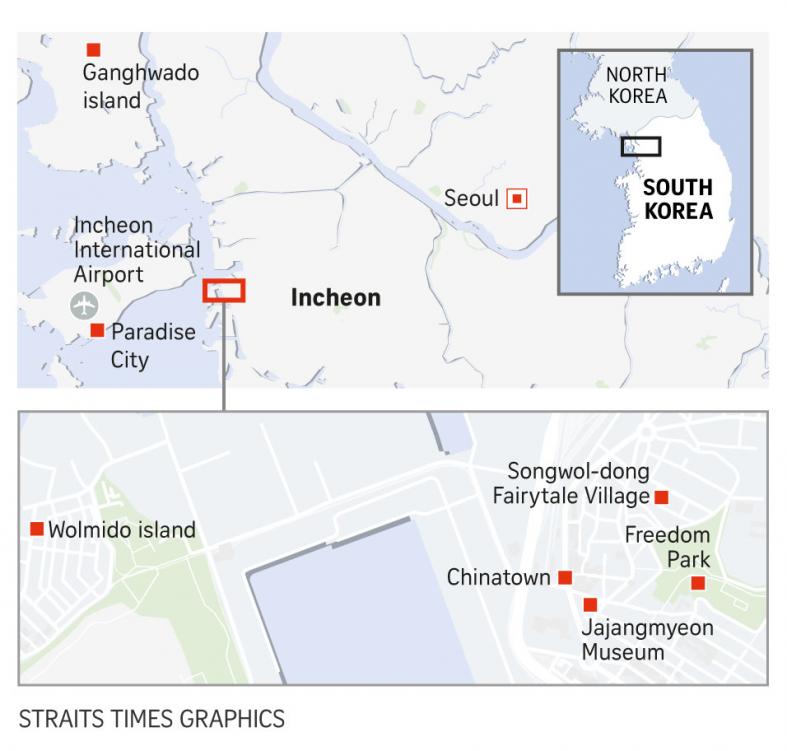
Get The New Paper on your phone with the free TNP app. Download from the Apple App Store or Google Play Store now

